Those who can overcome the panic wrecked by trypophobia are in for a visual adventure that spans terrestrial entities such as honeycombs and the wasp’s nest, to aquatic features such as coral reefs. The natural world offers such visually rich experiences in umpteen numbers. It is, however, not often that such patterned motifs are gracefully recreated by human hands or machined devices. An exception, perhaps, can be seen in Canadian designer Julie Bergeron’s body of work. A glance at her stoneware sculptures reminds one of a porcupine's quilled coat. “I create sculptures inspired by organic forms that mimic a wide array of creatures and lifeforms found in nature,” Bergeron, who currently resides in Paris, France, asserts, partially validating this notion.
Bergeron is a native of Quebec, Canada. A former graphic designer, she quickly transitioned to sculpting upon discovering the joy of modelling clay. She trained under the ceramicist Danielle Lescot in 2010, and continued the process of working and learning by practice. “The idea of working with one of nature’s products and of using my hands to create led me to work more and more with this noble material,” the sculpture artist asserts. She currently resides in Paris, where she sculpts stoneware sculpture art and finds joy in drawing, screen printing and dancing. Her work has been exhibited at various locations across France and the USA.
Bergeron’s studio is located along a canal. The Canadian artist often sketches randomly, in order to come up with new shapes and patterns. However, when she starts working on the physical piece, she usually does not begin with a cohesive idea in mind, and instead, lets the process guide the form of the final piece. On being asked if her experience as a graphic designer assists in sculpting clay, she says, “As a graphic designer, I'm used to working on the aesthetic aspect of things. The curves and repetitive patterns of my pieces also have a very graphic side.”
The Canadian sculptor’s pieces are crafted using the coil technique, which involves shaping and stacking small amounts of clay on top of each other to build the walls of the sculpture, layer by layer. Although this process is slower than sculpting clay on a potter’s wheel, it allows the maker great freedom in determining the shape of the sculpture and the thickness of its walls. Bergeron, who exclusively builds stoneware objects, leaves her sculptures unglazed so that their minerality and texture can be perceived visually and discerned tactilely.
Bergeron finds joy in mixing the shapes and patterns that inspire her craft, to build dynamic sculptures that are at once evocative of the flora and fauna, the microscopic world and aquatic life, and naturally occurring terrains. “I'm not inspired by specific creatures, but rather by different worlds: underwater, vegetal, microscopic or animal. I draw a lot of my inspiration from the drawings of German artist and biologist Ernst Haeckel, who illustrated the great diversity and beauty of the living world,” she states. The titles of her pieces, which have French names, offer a glimpse into the ideas that led to their creation. A dominant inspiration that one witnesses is the octopus, accompanied by prefixes and suffixes that denominate vases, basins and shells.
The Paris-based artist and designer’s sculptures measure about 30 to 40 centimetres wide and 40 to 50 centimetres high. This is primarily due to the size of the sculptor’s kiln. She, however, intends to work on larger pieces—fired elsewhere or assembled from smaller pieces—for her upcoming exhibitions in Paris and Belgium. Although Bergeron’s sculptures often take on the shape of vessels and bowls, they are not built for functional usage. These art sculptures, instead, command an assertive and cohesive presence and are meant to feature solely as decorations.






 Sign in with email
Sign in with email


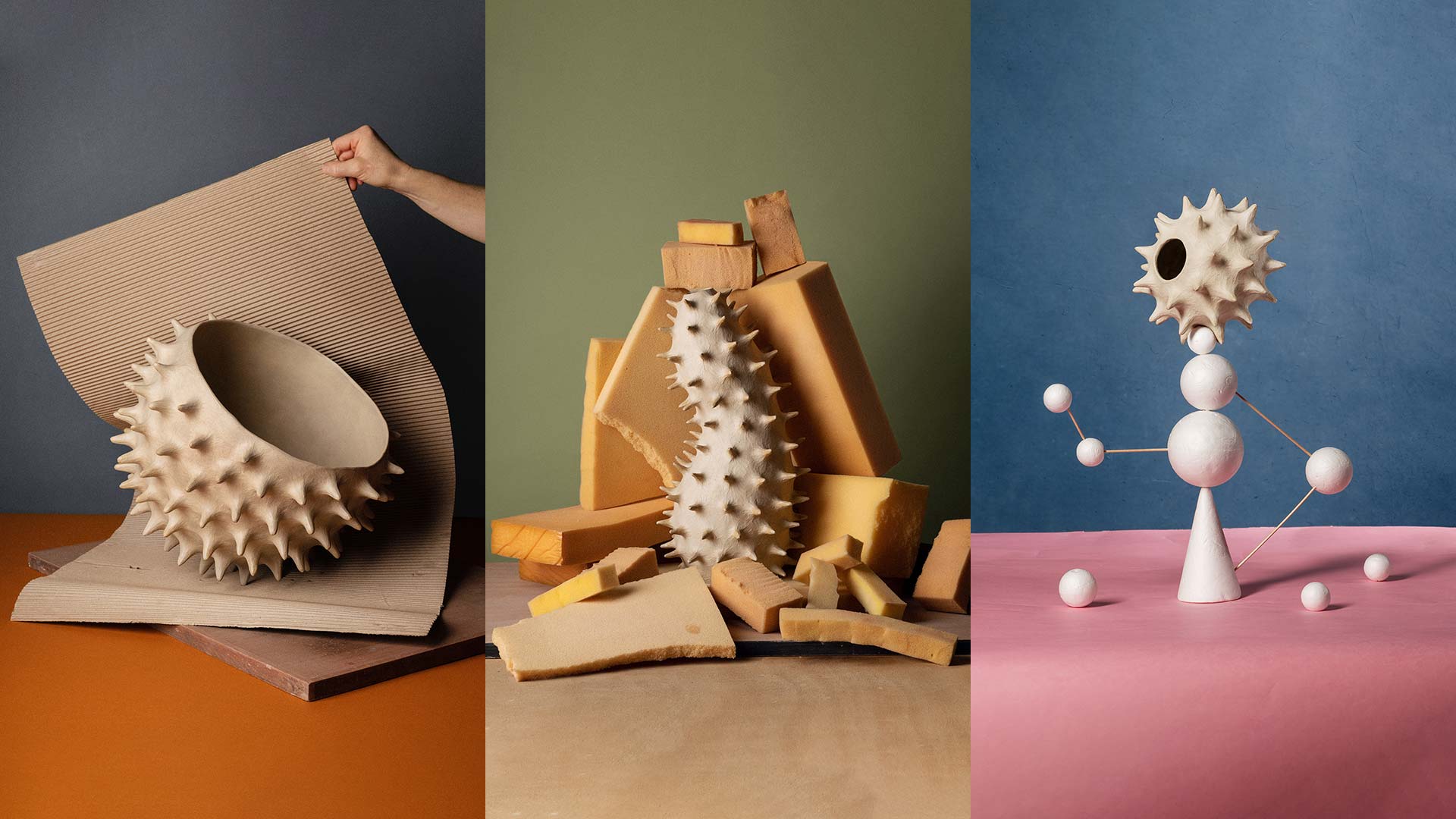
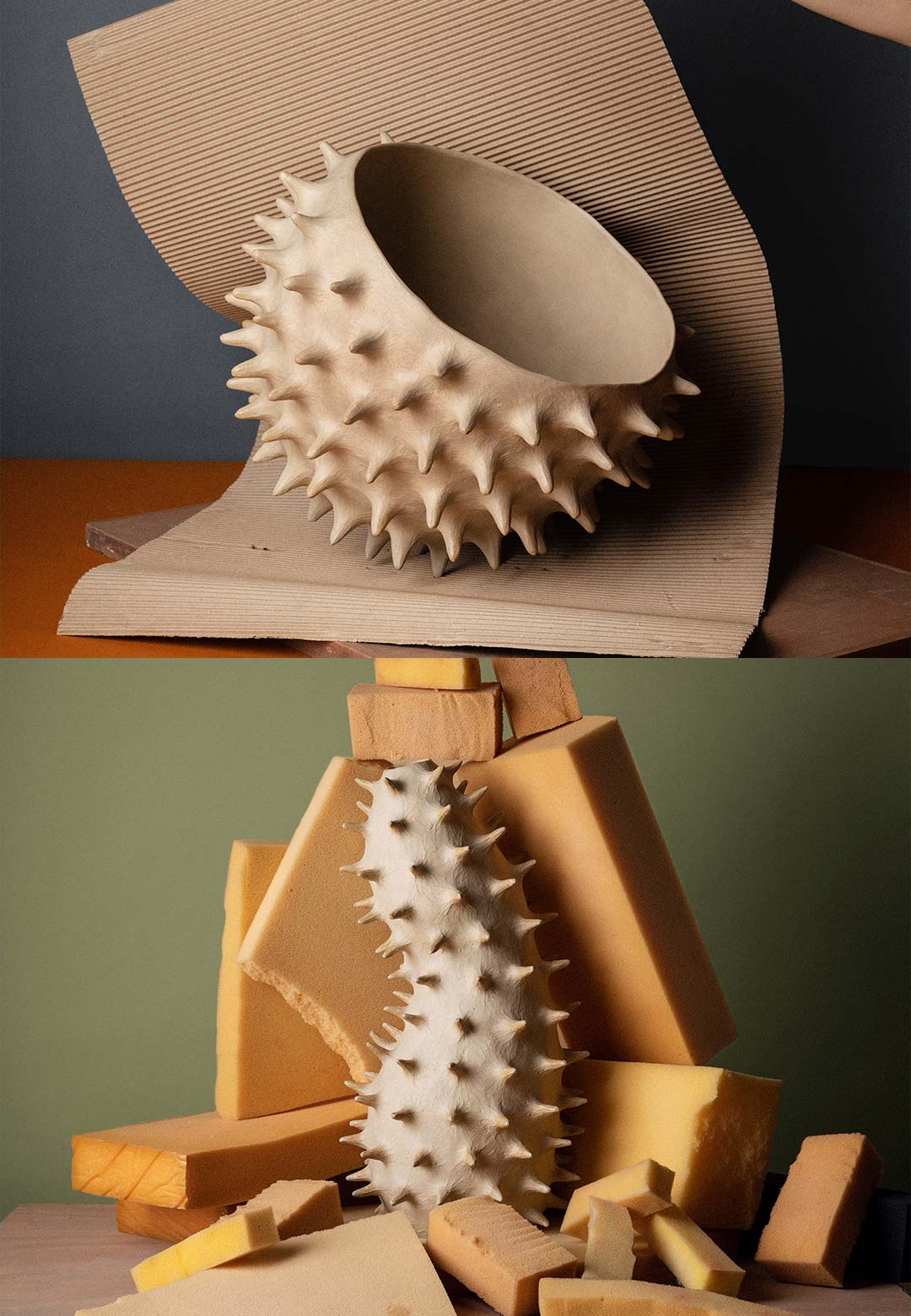
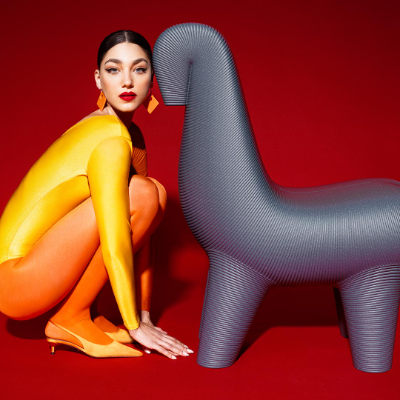
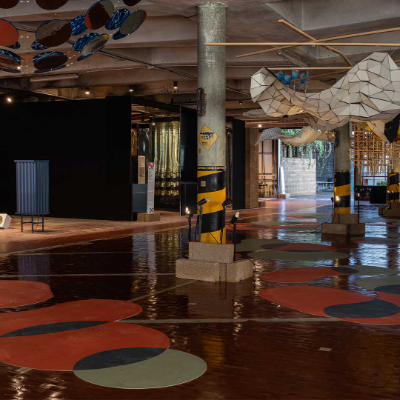
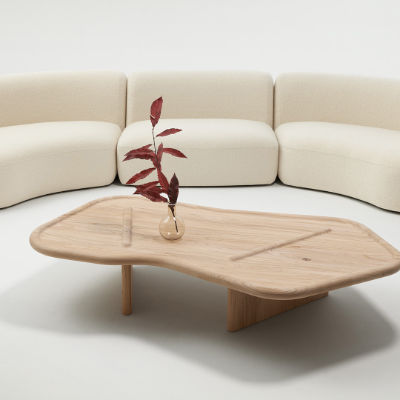
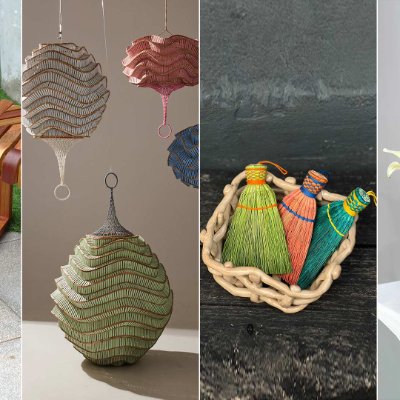
What do you think?